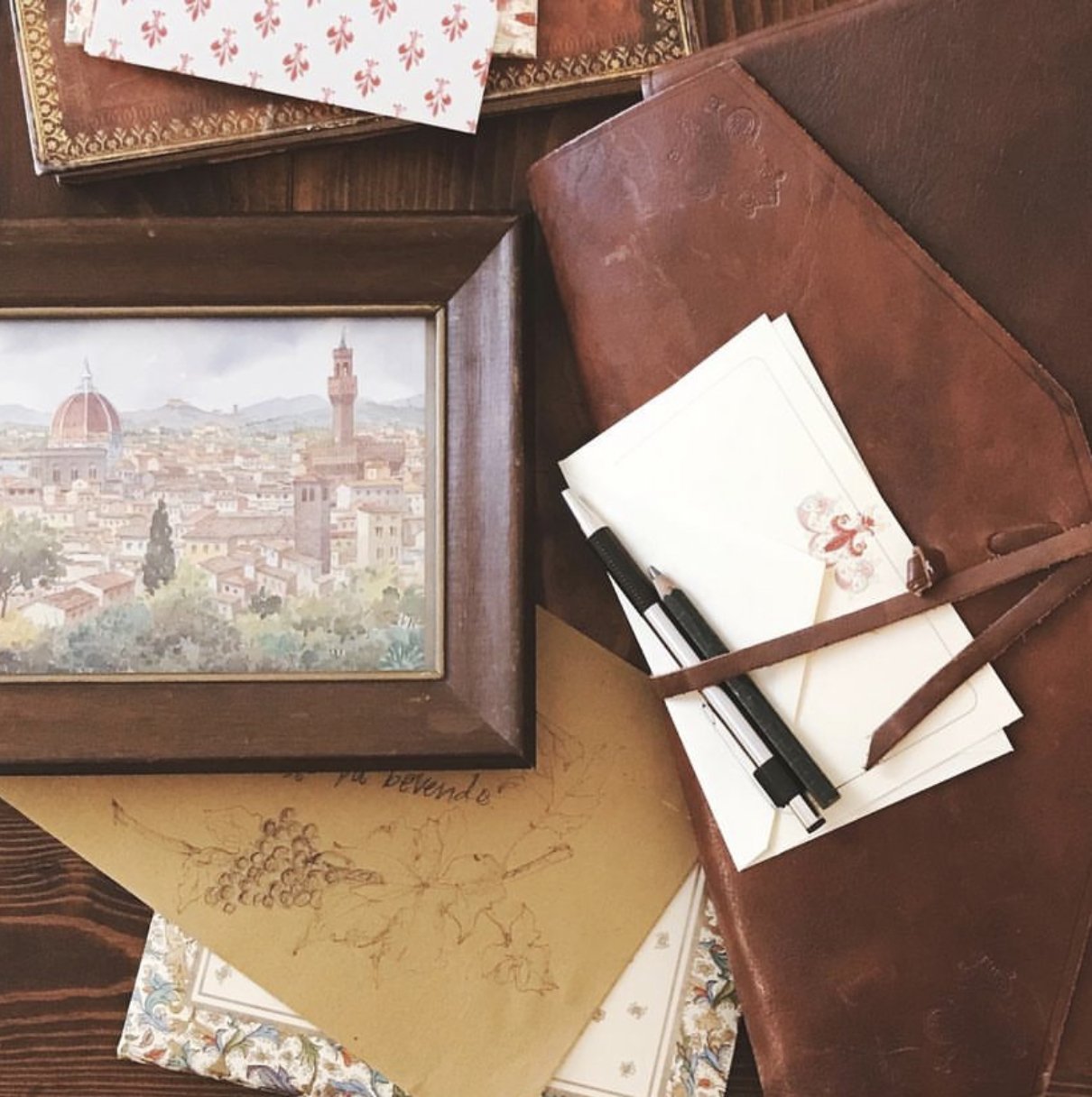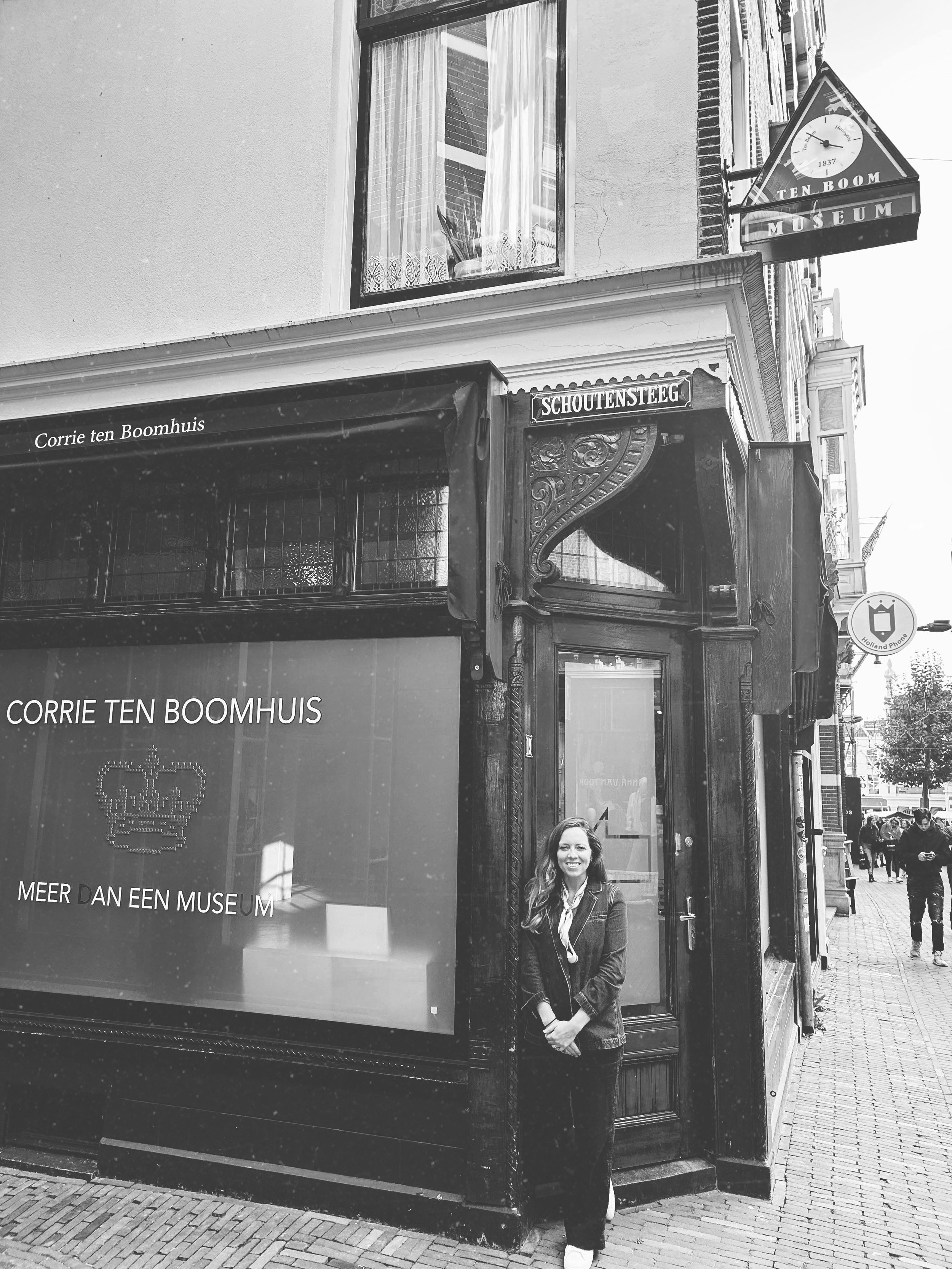
Katy Rose Collection: Art, Words
A Dream to Fix the Problems
There was once a boy named Fred with a secret dream to be a lawyer. They were people who helped fix problems, he heard, and his southern town had lots of problems. He kept his dream to himself because young boys with his color skin in the 1930s never grew up to be lawyers. But his mother, a widow who cleaned houses, taught her five children they could be anything if they did three things: keep Christ first, stay in school, and stay out of trouble.
So Fred worked hard to earn his law degree, even traveling to a faraway state where a school would accept him despite his skin color. Fresh out of law school and back home, he got a call one Friday afternoon. It was Rosa Parks. That morning she had been arrested for her quiet protest – refusing to move to the back of the bus because of her skin color, and she asked 24-year-old Fred to be her lawyer. All weekend he sat in a living room with a few friends plotting out what had to happen surrounding the trial and, from that, the Montgomery Bus Boycott took shape. They needed a leader to help motivate the African American community in town and someone in the living room suggested their Reverend, a young man named Martin. He could move people with his words, they said. Mrs. Parks’ trial commenced Monday along with the planned bus boycott, which lasted not one day, but 388. The young Reverend, Martin Luther King Jr., motivated the people while Fred provided the legal guidance.
Photo from Bus Ride to Justice by Fred D. Gray
Fred kept helping and working and asking God how he should handle each trial that came his way. After Rosa Parks’ trial, his cases included the Tuskegee Syphilis Study, the Desegregation of Alabama Schools, and 1965 Selma March. He worked beside Dr. Martin Luther King Jr.’s till the very end, which in many ways was just the beginning for so much change was needed, and as Fred says at 93 years old, is still needed.
Today he’s still working in his southern town to help fix problems. To hear him speak this past weekend was quite a privilege, as he generously offered a glimpse of all that was required behind the scenes to move the needle of progress little by little.
Photo from Bus Ride to Justice by Fred D. Gray
The Real Timeline of a Masterpiece
On a rainy day in London, a visit to the Victoria and Albert Museum in London offered new perspective.
My husband and I ducked into the Victoria and Albert Museum on a rainy day in London a few years ago. A line wound around the lobby for a Chanel fashion exhibition, but we slipped past and headed upstairs to find the two things I was looking for.
In our laundry room hangs a print of The Way Wain by John Constable (1821). I found it at a garage sale 15 years ago and grabbed it without knowing the painting or artist. I’ve grown to love it exponentially more as I’ve read about John Constable and his work in the years since.
At the Victoria and Albert hangs not the final Hay Wain, but his original to-scale draft that he completed before painting the actual piece, a glimpse of the hours of work he put in leading up to the final masterpiece. Somehow, I was drawn to the draft more than the completed work. You could feel that the artist was just a person, still practicing.
Nearby, in a befittingly cozy passageway hung several Beatrix Potter originals, paintings that my children and I have seen so often in our well-loved copies of Peter Rabbit, Mrs. Tittlemouse, Jeremy Fisher, and the whole bunch. But what I loved most of all were the early sketches.
I purchased a print of a pencil sketch of Mother Rabbit and her children to hang at home beside a copy of the real thing seen in The Tale of Peter Rabbit, a little reminder that in our house there’s a lot of praying, planning, and messing up on the way to the finished product.
More often than not, our days look like a sketchbook, full of eraser marks, rewrites, prayers. Masterpieces might be our final point on the timeline but the beautiful work often comes in the perseverance and diligence leading there.
On Corrie’s Street
One recent evening, my husband and I walked up the cobblestone street to Corrie ten Boom’s house in the Netherlands, a dream come true. Having read “The Hiding Place” countless times, all the WWII visions played before my eyes – Corrie peddling off past curfew to deliver a message for the Resistance, Corrie and her father walking arm-in-arm for their daily stroll through town, and even Nazi soldiers banging down doors. So much happened here.
As we reached the house, a vision I had not anticipated played before my eyes – five women creating a TikTok dance video (hip thrusts, etc) right there beside Corrie’s front door.
Surely they had no idea that not that long ago a man knocked here, desperately pleading for help from Corrie when in fact he was a traitor luring her family into a trap.
Behind the dancing ladies, no doubt inadvertently featured in their video, was the side door where Corrie, all her siblings, and their elderly father were marched out later that evening by soldiers. They were prodded down the alley, all headed for prison and concentration camps. The girls now shrieked with laughter as they messed up and had to start over.
And directly above, three floors up in Corrie’s house, six people she was hiding had stood cramped and claustrophobic in a secret closet that night. Soldiers ransacked the home searching for hours but they remained undetected for three days, finally slipping out that same alley door.
We stood to the side, hoping to grab a picture of the house when they were through dancing, but these were determined women and we came back for our picture the next day.
Knowing what I do about the Ten Boom family, I’m guessing they would have had some kind word for the gyrating group of girls, pointing them to the love they seemed to be craving. They probably would have invited them in for soup.
The Ten Booms passed on the flame of Christ's love everywhere they went, even the very darkest places. It was an honor and joy to be in their home, stand in their rooms and hear their stories. Hopefully I can tell you more sometime.












